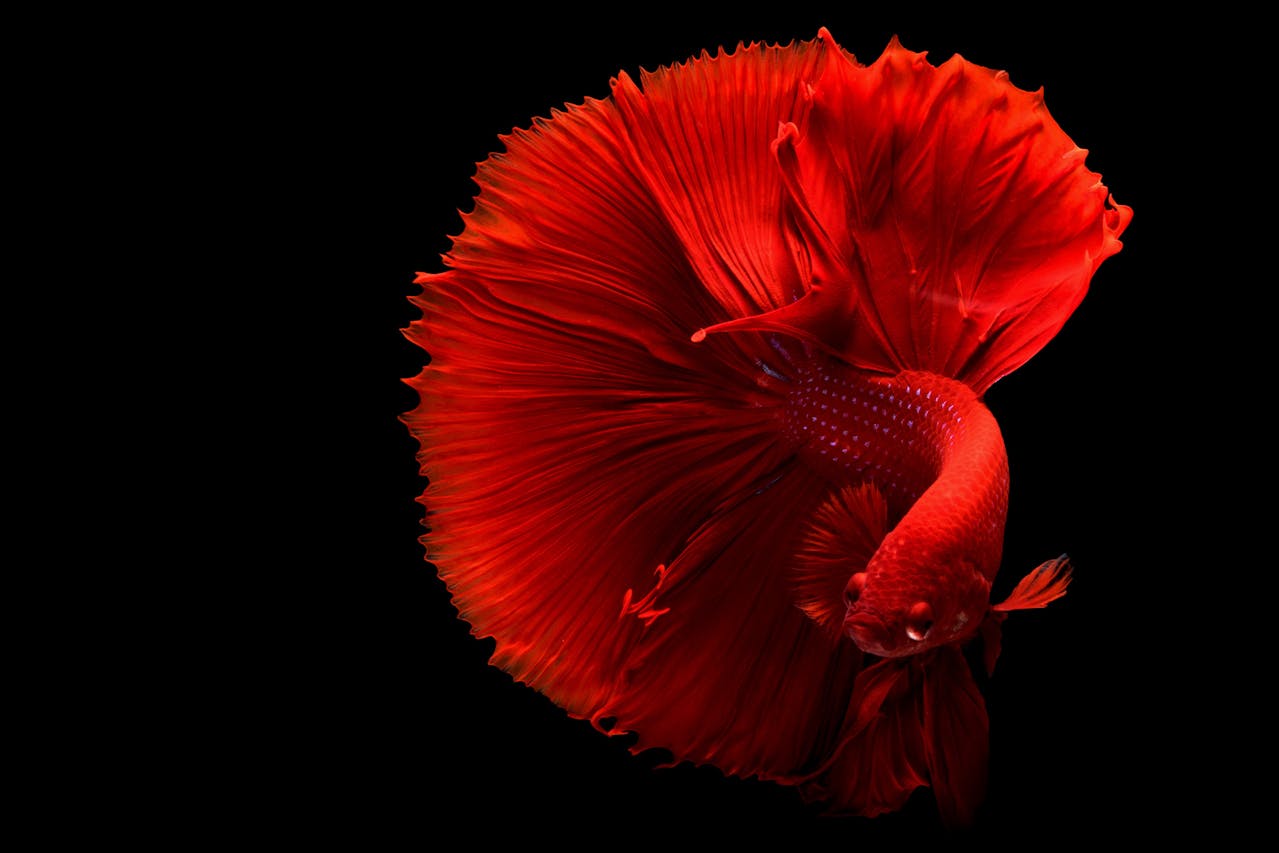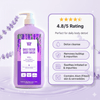What is Fish Gut Bacteria? Top Benefits for Skin

In the ever-evolving world of skincare, researchers continually seek innovative ingredients to combat aging and enhance skin health. A recent and intriguing discovery involves bacteria found in the guts of certain fish species, which may offer promising benefits for skin care. This article delves into what fish gut bacteria are and explores their potential advantages for skin health.
What is Fish Gut Bacteria?
Fish gut bacteria are microorganisms residing within the digestive systems of fish. These bacteria play crucial roles in nutrient digestion, immune system support, and overall health of their aquatic hosts. Recent studies have identified specific bacteria in fish guts that produce metabolites with potential applications in skincare.
For instance, researchers have isolated bacteria such as Ruegeria atlantica and Pseudoalteromonas neustonica from the guts of red seabream and blackhead seabream, respectively. These bacteria have been found to produce compounds that exhibit inhibitory effects on enzymes linked to skin aging and pigmentation.
Potential Benefits of Fish Gut Bacteria for Skin Health
The compounds derived from these fish gut bacteria have shown promise in addressing common skin concerns:
1. Anti-Aging Properties:
Some metabolites exhibit inhibitory effects on collagenase, an enzyme responsible for breaking down collagen in the skin. By inhibiting collagenase, these compounds may help maintain skin elasticity and reduce the appearance of wrinkles.
2. Skin Brightening:
Certain bacterial metabolites have been found to inhibit tyrosinase, an enzyme involved in melanin production. By reducing tyrosinase activity, these compounds can potentially lighten hyperpigmentation and promote a more even skin tone.
3. Antioxidant Effects:
The metabolites may also possess antioxidant properties, helping to neutralize free radicals that contribute to skin aging and damage.

2% Kojic Centella Face Serum with Licorice for Dark Spots & Hyperpigmentation
Mechanisms of Action
The beneficial effects of these bacterial compounds are primarily attributed to their ability to inhibit specific enzymes:
Collagenase Inhibition: By suppressing collagenase activity, the degradation of collagen fibers is reduced, helping to maintain skin structure and firmness.
Tyrosinase Inhibition: Reducing tyrosinase activity leads to decreased melanin synthesis, which can result in lighter skin pigmentation and diminished dark spots.
These mechanisms suggest that incorporating such compounds into skincare formulations could offer a dual approach to anti-aging and skin brightening.
Current Research and Future Prospects
While the initial findings are promising, it's important to note that research is still in its early stages. The studies conducted so far have been primarily in vitro, meaning they were performed in controlled laboratory environments rather than on living organisms. Further research, including clinical trials, is necessary to confirm the safety and efficacy of these compounds in human skincare applications.
If future studies validate these benefits, we may see the development of new skincare products harnessing the power of fish gut bacteria-derived compounds. Such innovations could offer natural and effective solutions for common skin concerns like aging and hyperpigmentation.
Conclusion
The exploration of fish gut bacteria as a source of beneficial skincare compounds represents an exciting frontier in dermatological research. While more studies are needed to fully understand and validate these benefits, the initial findings suggest that these microorganisms could play a significant role in the future of skincare, offering natural alternatives for maintaining youthful and radiant skin





